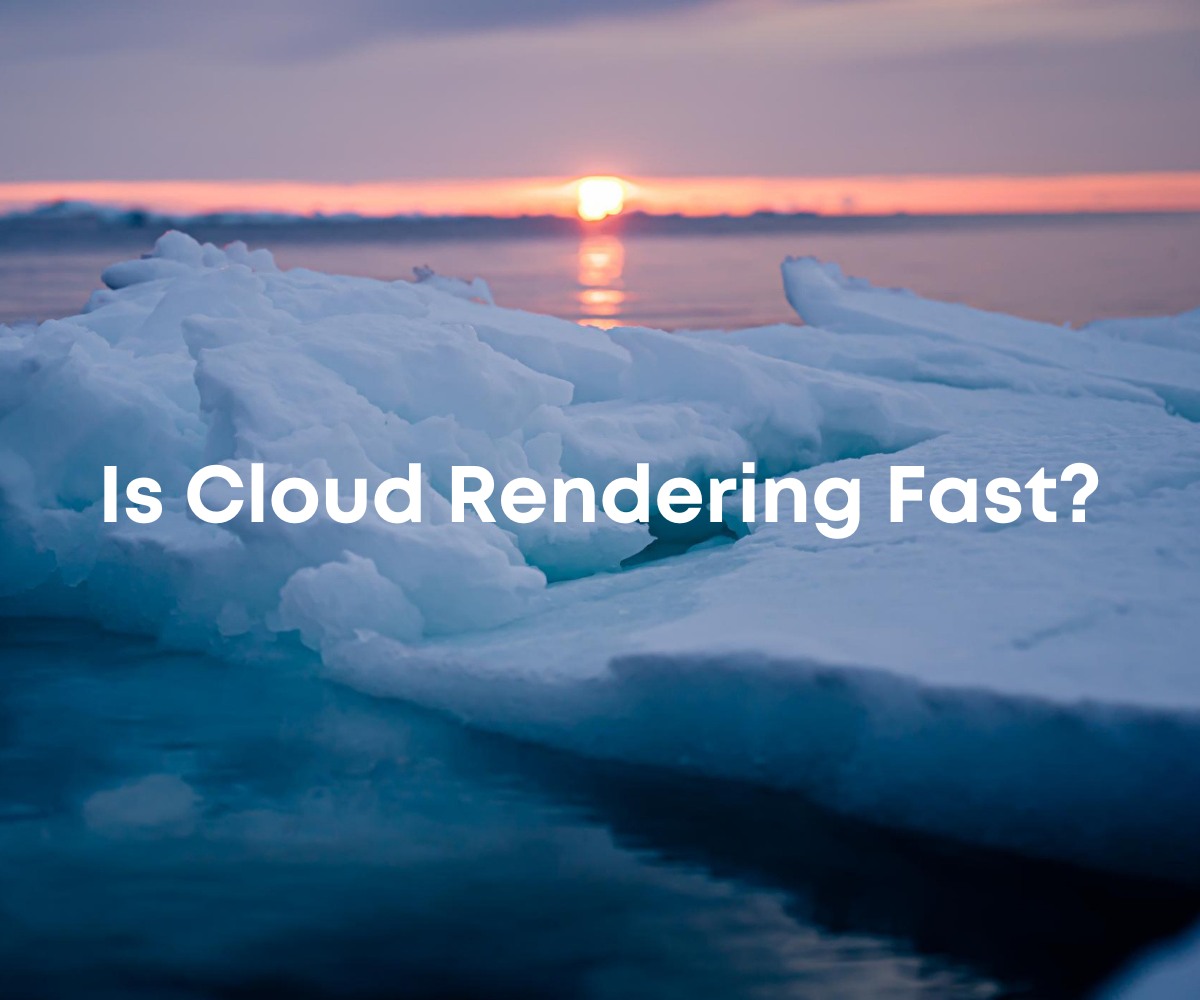The evolution of visual media, spanning from films to video games and virtual reality, has consistently pushed the boundaries of computer graphics. As creators and designers strive to produce increasingly realistic, complex, and detailed visual content, the demand for computational power continues to grow exponentially. This demand has led to the rise of cloud rendering. But is cloud rendering really faster? Let’s explore this question in this article.
What is Cloud Rendering?
At its core, cloud rendering, also known as distributed rendering, utilizes cloud-based resources to process and generate visual content. Instead of relying on a single workstation or a local render farm, cloud rendering offloads the task to powerful data centers located around the globe. These data centers are equipped with cutting-edge hardware optimized for rendering tasks.
Factors Impacting Rendering Speed
Before determining whether cloud rendering is faster, it’s crucial to understand the variables influencing its speed:
- Hardware Resources: The speed of rendering is directly proportional to the type and number of resources allocated. Leading cloud service providers employ the latest CPUs and GPUs to ensure efficient and rapid rendering.
- Network Bandwidth: High-speed internet connections are essential. While the rendering process occurs in the cloud, transferring data, especially large project files, requires significant bandwidth.
- Scalability: One of the most significant advantages of cloud rendering is its scalability. If a project requires a quick turnaround, more nodes can be allocated to a task, effectively accelerating the rendering process.
- Concurrent Tasks: Depending on the cloud service, multiple frames or shots can be rendered simultaneously. This parallel processing can significantly decrease the overall rendering time.
- Software and Optimization: The extent to which the rendering software is optimized for cloud infrastructure also influences speed. Some software includes built-in features specifically designed for cloud rendering.
Comparison to Local Rendering
Consider this scenario: you have a high-end workstation, and it might take 10 hours to render a particular sequence. If you were to use a cloud rendering service capable of deploying 100 nodes to work on your sequence concurrently, theoretically, the same sequence could be rendered in 1/100th of the time, which is approximately 6 minutes.
This simplified example highlights the potential speed benefits of cloud rendering. However, it also depends on data transfer efficiency, the workload on the cloud service at the time, and the specific details of your project.
Is Cloud Rendering Always Faster?
Not necessarily. For smaller projects or tasks where the data transfer overhead outweighs the rendering time, local rendering might be more efficient. However, for large-scale projects, especially those with tight deadlines, cloud rendering can be a game-changer.
Conclusion
Is cloud rendering fast? In many cases, it can indeed be incredibly fast, especially considering the scalability and power of modern cloud infrastructure. However, like any tool, it’s essential to assess the specific project’s needs, available resources, and potential associated costs. With the rapid advancements in cloud technology and the ever-growing demand for high-quality visual content, cloud rendering is positioned to play an increasingly dominant role in digital media production.
